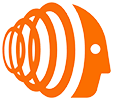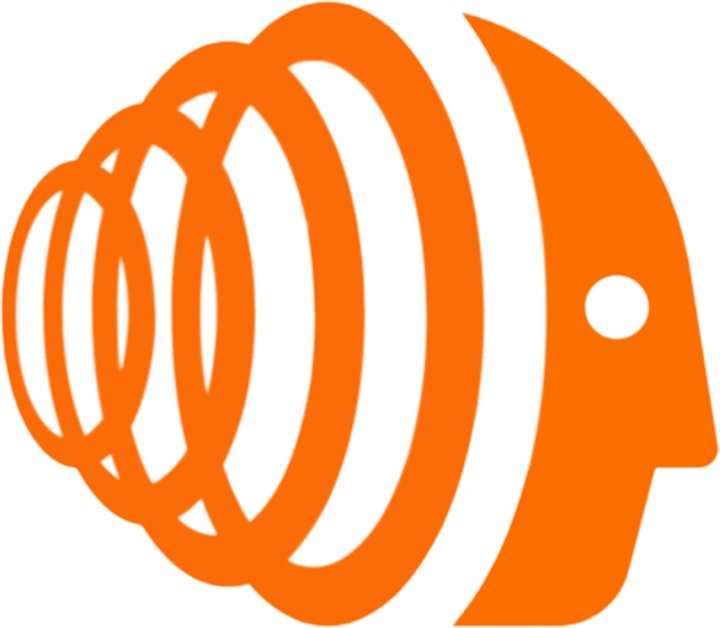使用 Ant Design Vue 实现卡片布局
应用场景介绍
本技术博客介绍了如何使用 Ant Design Vue 构建一个响应式卡片布局。该布局可用于展示图片、数据或其他内容,适用于各种应用场景,例如相册、博客或电子商务网站。
代码基本功能介绍
本代码实现了以下基本功能:
- 使用 Ant Design Vue 构建响应式卡片布局
- 卡片可悬停显示阴影效果
- 卡片可点击,无其他交互功能
功能实现步骤及关键代码分析
1. 导入必要的库和组件
<template>
<div class="bg-gray-100 h-screen">
<!-- ... -->
</div>
</template>
<script lang="tsx" setup>
import { ref } from "vue";
import * as echarts from "echarts";
import { h } from "vue";
import { createComponent } from "echarts-for-vue";
import { default as MessageOutlined } from "@ant-design/icons-vue/es/icons/MessageOutlined";
import { Calendar } from "v-calendar";
import { BMap } from "vue3-baidu-map-gl";
const ECharts = createComponent({ echarts, h });
</script>
- 引入了 Ant Design Vue 组件库、ECharts 图表库和必要的工具函数。
2. 创建卡片布局
<div class="grid grid-cols-3 gap-4">
<a-card
class="hover:shadow-lg cursor-pointer"
hoverable
style="width: 100%; height: 100%;"
>
<img
src="https://source.unsplash.com/random/300x300"
alt="A photo of a woman"
/>
</a-card>
<!-- ... -->
</div>
- 使用
a-card组件创建卡片。 hoverable属性允许卡片在悬停时显示阴影效果。cursor-pointer属性使卡片可点击。
3. 设置卡片样式
.a-card {
background-color: #fff;
border-radius: 0.25rem;
box-shadow: rgba(0, 0, 0, 0.05) 0 1px 2px 0;
transition: box-shadow 280ms cubic-bezier(0.4, 0, 0.2, 1),
opacity 15ms linear 30ms, transform 270ms cubic-bezier(0, 0, 0.2, 1) 0ms;
}
.hover\:shadow-lg {
@media (hover: hover) {
box-shadow: rgba(0, 0, 0, 0.1) 0 4px 12px;
}
}
.cursor-pointer {
cursor: pointer;
}
- 设置了卡片的背景色、边框半径、阴影和过渡效果。
- 悬停时,卡片的阴影效果会加强。
总结与展望
开发经验与收获
- 掌握了使用 Ant Design Vue 构建响应式卡片布局的技术。
- 了解了如何使用 CSS 实现卡片的悬停效果。
未来拓展与优化
- 可以添加更多的交互功能,例如点击卡片后显示模态框或导航到其他页面。
- 可以通过自定义样式进一步美化卡片的外观。
- 可以使用状态管理库来管理卡片数据和交互。


